The aloe ciliaris from South Africa is often confused with the also very popular aloe arborescens. Even if these are visually similar and botanically very closely related, this is an independent plant species.
How do you care for the aloe ciliaris, and what is particularly important? We answer these and many other questions about the decorative climbing aloe in the following guide.
First, the most important things in a nutshell:
Origin, Types & Appearance of Aloe Ciliaris
As already mentioned, the aloiampelos ciliaris, also known as the common climbing aloe, comes from the warm and rocky coastal regions of South Africa (Eastern Cape Province).
The stem-forming succulent grows between shrubs and bushes and can grow up to 5 m tall under optimal conditions. The linear-lanceolate, pointed and serrated leaves form along the trunk.
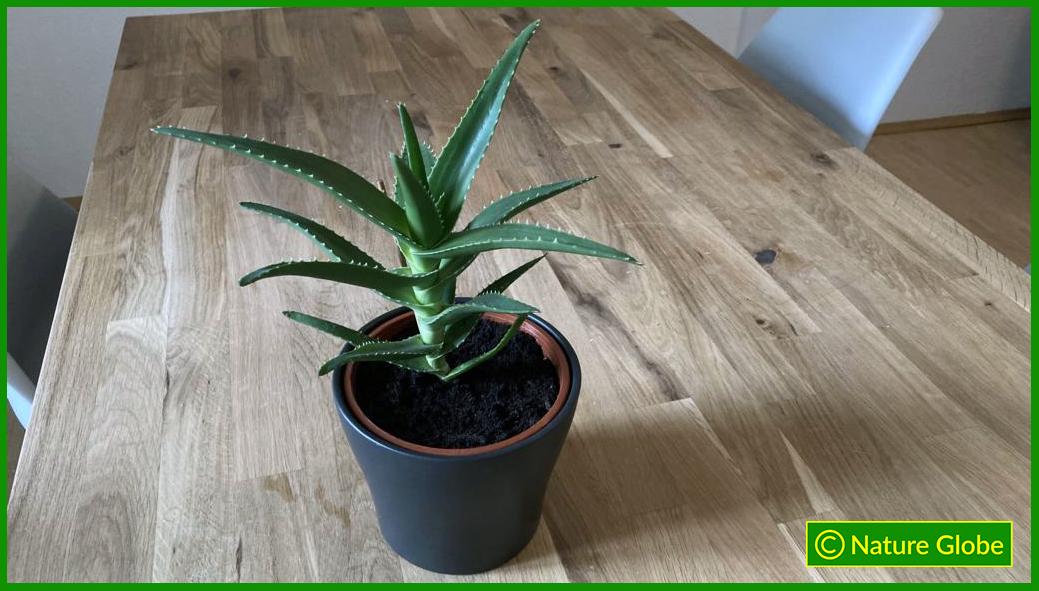
Aloe ciliaris usually has a long inflorescence with dense, conical racemes (stalked flowers). In our region, however, the climbing aloe only blooms sporadically as a houseplant. This requires almost perfect care and overwintering.
A distinction is made between the following varieties:
- Aloe ciliaris var. ciliaris
- Aloe ciliaris var. redacta
- Aloe ciliaris var. tidmarshii
Uses & Benefits of Aloe Ciliaris
As a subtropical succulent, the aloe ciliaris, like cacti, does best in a dry and warm environment. As a result, it can only be cultivated in our latitudes as a container or houseplant.
In contrast to the famous medicinal plant aloe vera, the aloe ciliaris has no healing properties and is only suitable as an ornamental plant for indoor greening.
Aloe Ciliaris: Location & Care (Watering)
The aloe ciliaris is a real sun worshiper and does not differ in care from other types of aloe and succulents. Therefore, position the climbing aloe in the sunniest and brightest place in your home (south or southwest side).
During the summer, she is particularly happy about a sheltered spot on the balcony or terrace. However, make sure to bring the aloe ciliaris back in before the first frost.
When watering, the rule of thumb is: Better too dry than too wet! Waterlogging tolerates the undemanding plant not at all, so you should be careful not to drown them.
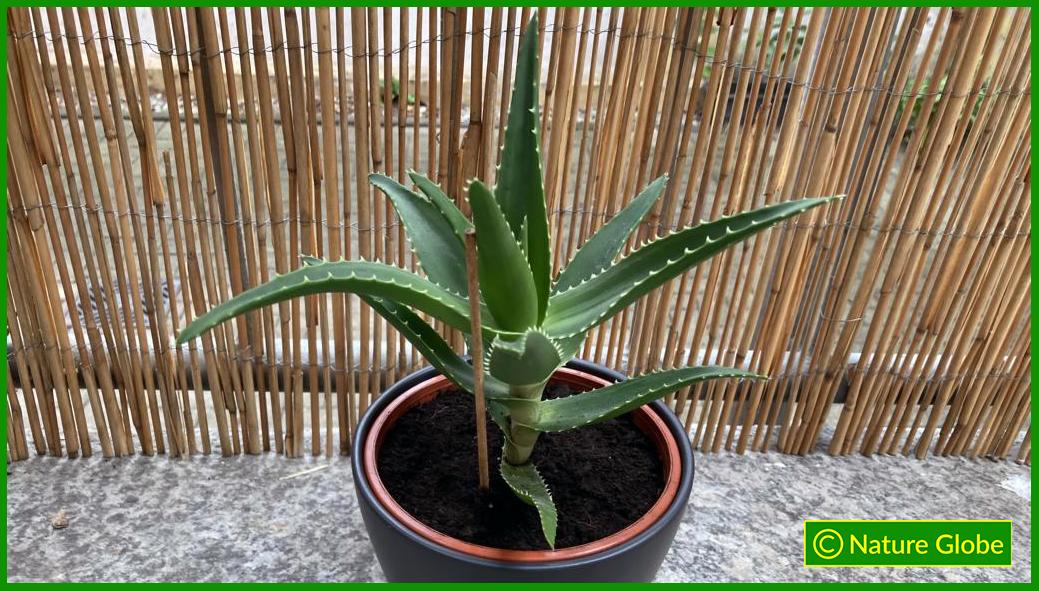
The aloe ciliaris copes much better with longer dry periods than with long-lasting moisture. The water requirement is low to moderate.
If you tend to water too generously, give the plant good drainage and ideally a suitable soil for cacti and succulents (high mineral content). The soil should be completely dry before the next watering.
From spring to autumn (growth phase) you can add cactus and succulent fertilizer to the irrigation water every 4-6 weeks. Nevertheless, we recommend to dose a little less than stated.
Aloe Ciliaris Repotting & Soil
Depending on age and growth, it is sufficient to repot the aloe ciliaris every two to four years. The best time for this is spring.
Be careful not to use an overly large new pot. The increases in diameter and height of the plant pot should be done slowly; otherwise the aloe will initially expend time and energy promoting root growth.
The soil of the aloe ciliaris should be as permeable, loose and low in humus as possible. Although the undemanding plant also grows in commercially available potting soil, it should ideally be mixed with mineral components (sand, clay, or perlite).
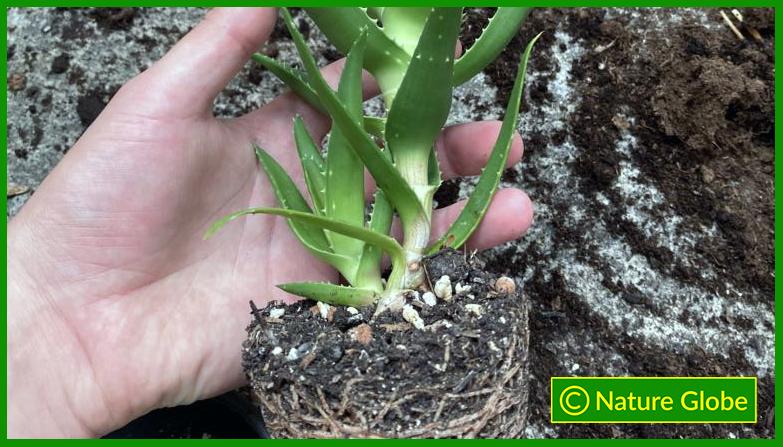
Hibernation of the Aloe Ciliaris
As soon as it gets colder and darker, you should give the aloe ciliaris a rest period in which it stops growing and can gather new strength. This is particularly important for flowering.
The colder the winter quarters, the less you have to water during this time. Make sure that it still gets as much light as possible. Then fertilize again from spring onwards.
If your climbing aloe has spent the summer on the balcony or terrace, you should bring it indoors in good time in autumn, before the first frost. The aloe ciliaris is not hardy!
Aloe Ciliaris Propagation
With good care, the aloe ciliaris will quickly propagate offshoots that grow out of the ground on the side of the trunk. These are kindles or pups (root suckers).
These can be separated from the mother plant in spring and cultivated individually in a small pot. The Aloe ciliaris offshoots are cared for like the mother plant, but you should first get used to the sun slowly.
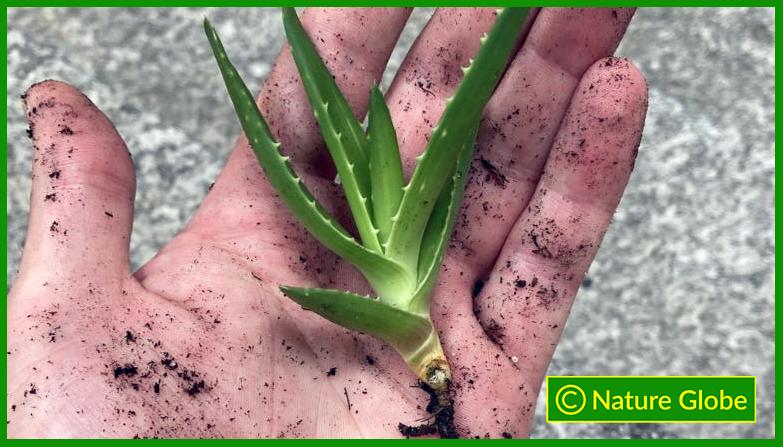
Aloe Ciliaris Diseases & Pests
Like its conspecifics, the aloe ciliaris is very robust and undemanding. Deficiency symptoms and failures are mostly due to care errors.
This includes in particular root rot due to the wrong substrate in combination with too frequent watering and a location that is too dark.
In winter, mealybugs and spider mites can also occur. There are some good home remedies to combat it.
However, it is important that you first isolate the infested plant so that the pests cannot spread to other healthy plants.
Remove the lice, webs and the honeydew with a soft cloth or cotton swab. Heavily infested parts of the plant should be cut off completely and removed (otherwise, a pruning is not necessary).
Video: Planting Aloe Ciliaris Pups
In the following video, you can see how the offshoots of an aloe ciliaris can be separated and planted.
Aloe Ciliaris vs. Aloe Vera (Comparison)
Aloe ciliaris is closely related to the widespread aloe vera. In terms of general care, flowering and propagation, there are almost no deviations.
In contrast to the climbing aloe, the aloe vera grows without a stem, with sprawling leaves arranged in a rosette. The main difference, however, lies in the healing properties of aloe vera, which aloe ciliaris lacks.
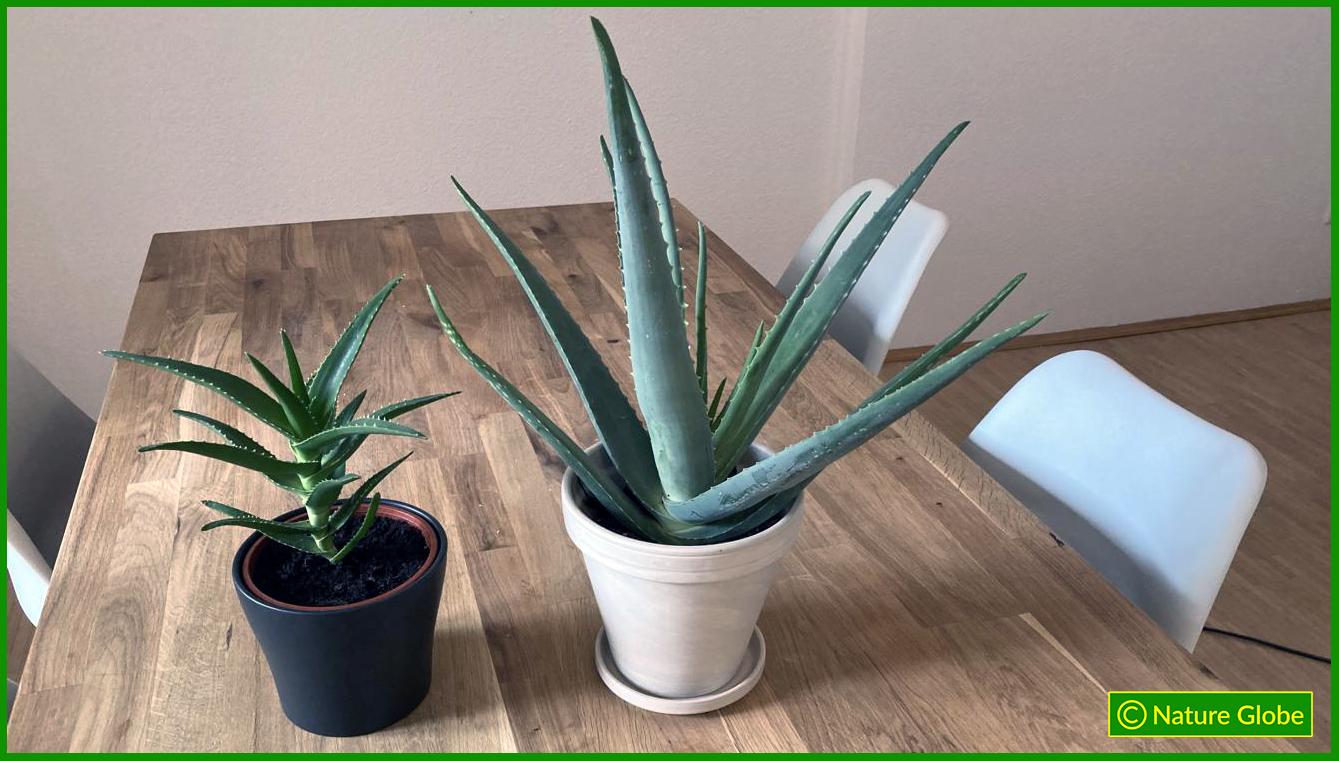
Aloe Ciliaris: Conclusion on Frugal Succulents
The aloe ciliaris care is simple and beginner-friendly, so it is ideal for beginners in hobby botany.
In a bright and warm place, it will give you many years of pleasure. Only too much moisture or frost can be dangerous for the robust aloe.
In summer, the aloe ciliaris is also happy about a sunny spot on the balcony or terrace.
It will thank you for a little attention and care with rapid growth and offshoots, which can soon become magnificent plants themselves.
If you have any questions or comments about aloe ciliaris, please let us know in the comments. We’re happy about every Feedback!
This page was created by Micha Gengenbach. Have a look at Micha’s author page to get further information on his background, a list of all his articles, as well as an overview on his other responsibilities on Nature Globe.

